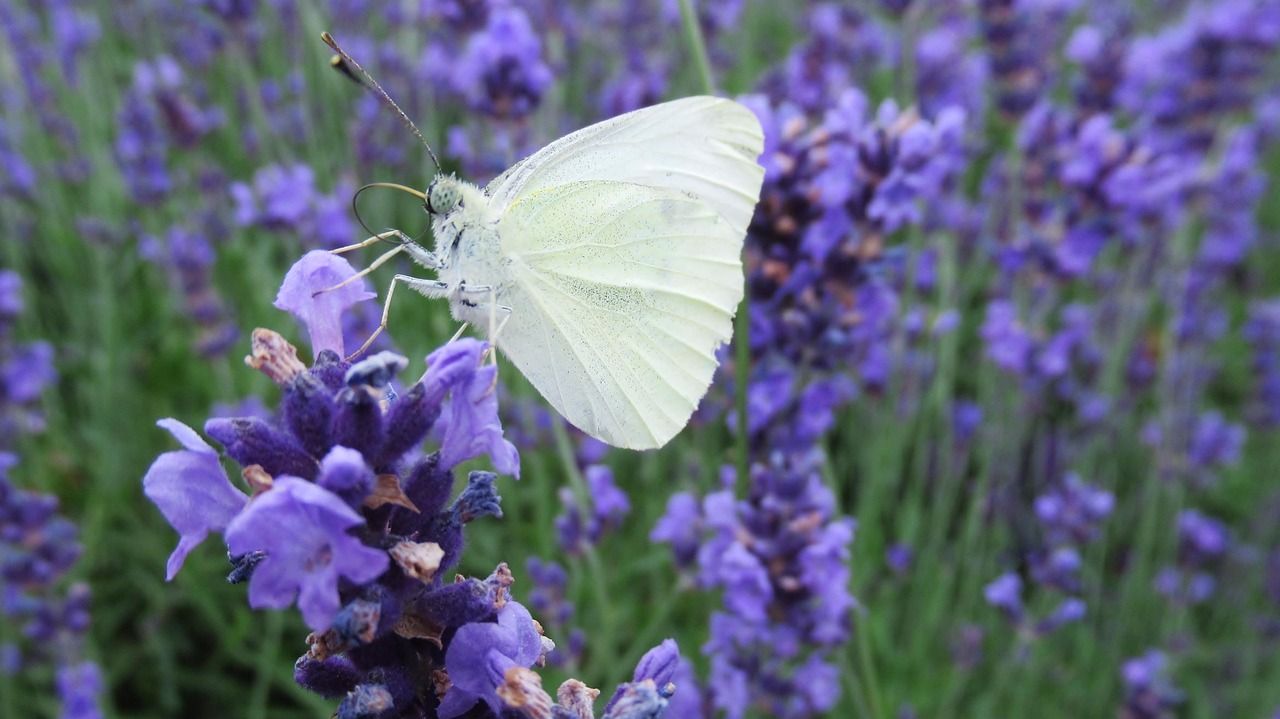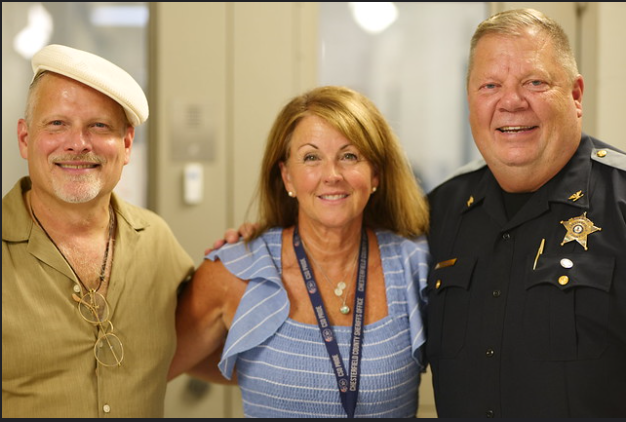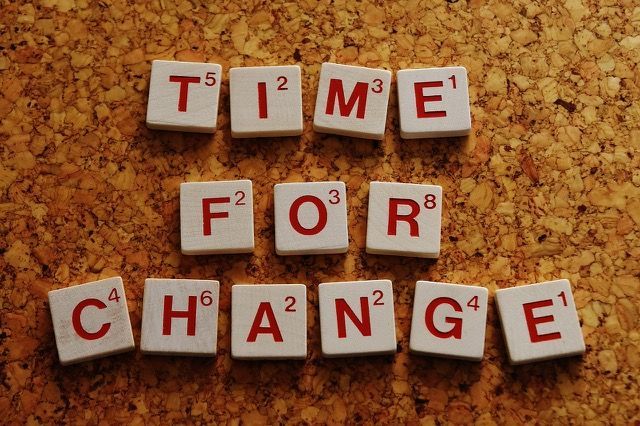By Lori Hops, PhD, DCEP
•
August 3, 2022
“You’ll never meet a happy ungrateful person, or an unhappy grateful person because gratitude and happiness go together.” ― Zig Ziglar “It is impossible to bring more abundance into your life if you are feeling ungrateful about what you already have. Why? Because the thoughts and feelings you emit as you feel ungrateful are negative emotions and they will attract more of those feelings and events into your life.” ― Vishen Lakhiani “I’d love to be grateful, if only I had a reason.” – Anonymous client Gratitude is heralded as a universal human virtue, a foundation of happiness and peaceful living. Families desire to raise grateful children, businesses aim to have grateful workers and customers, and religious practices in many languages are rich with prayers of gratitude. Although the concept of gratitude is simple to understand, it can be challenging to express sincere gratitude practices on a daily basis. Often unacknowledged are dynamics which can block gratitude from being experienced and shared. The shadow of gratitude, that which is hidden in the unconscious both personally and collectively, fortunately can be identified and modified, freeing gratitude’s benevolent nature. Then the shadow of gratitude can be cleared with easy-to-follow energy practices and tips, allowing enjoyment of gratitude’s gifts. Gratitude defined Gratitude is defined as a strong feeling of appreciation or gratefulness, often to someone, or something which is done, to help you. We are commonly taught to say thank you when given presents, compliments, or acts of service, and to return a thoughtful kindness with the same type of gesture. Deep appreciation may be shared through tender eye contact, words of thanks, and simply spending quality time together. Gratitude toward nature, essence, the divine, all of humanity or the planet and heavens may be based on internal processes which are not shared with others. Such gratitude has been inspiration for grand literature, art and creativity. No matter the form, the state of gratitude does not just feel good as a passing fancy. Scientific studies have found lasting and positive benefits of gratitude. Benefits of gratitude Research suggests gratitude affirms goodness by acknowledging sources of gratitude outside ourselves. Gratitude practices can enhance many aspects of living. Physically, people are found to have improved sleep, lower blood pressure, prevention of overeating, and improved pain tolerance. Hormone and brain health are achieved through activating the bliss centers of the brain, enhancing dopamine and serotonin production which are linked to happiness, and regulating stress hormones to reduce anxiety and fear. Mind and body interface with better managed grief reactions, and improvement of low mood through chemical changes and positive beliefs. Interpersonally, gratitude practices create greater capacity for forgiveness, and strengthen relationships, both personal and in the workplace. The shadow of gratitude If the benefits of gratitude practices are widely documented and seen as helpful by many, why aren’t more people acting and feeling grateful both easily and more often? The unbounded natural sheer joy of gratefulness is often hampered by unacknowledged factors, mostly cultural and familial in origin. Bringing awareness to these inherited and contemporary hidden beliefs can provide a chance to examine them in the light, and then make conscious changes so gratitude can become a cherished habit. You may find some of these common blocks to gratitude in your own life. If so, keep reading for tips to help clear them. Vulnerability If you feel your gratitude, you may also recall times you were not grateful, or were disappointed or alone in your gratitude. It may be too painful to remember or experience when gratitude experiences had failed or gratitude was submerged because it was not allowed to be expressed. Such vulnerability may be a deterrent against future gratitude encounters. Greed If you are grateful for what you are experiencing, especially if you name it to self or others, you may fear you are cursing the good fortune, and it could be taken away. Likewise, you may be seen as selfish to want more than you have already. It is best to be grateful for what you have, be happy with your lot, even if it does not feel like enough. Embarrassment If your gratefulness is especially compelling or profound, you may fear overwhelming yourself or others with your enthusiastic gratefulness. You may be concerned that you would look crazy or weak or foolish if gratefulness pours out of you. Best to keep those feelings inside. Notice how often people apologize when they cry, even with tears of joy? Jealousy Your gratitude could make others feel jealous. They may ask, “Why do you have good fortune or happiness and not me? What makes you so special? “ They may try to reverse your good fortune or take away your happiness. Insincerity Stating your gratitude to another person could be perceived as insincere. The thought is that your thanks might be suspect, possibly exaggerated or flatly untrue. You could be seen as a fake or phony. Indebtedness If you are thanked, maybe there is an expectation that you owe the person a debt in return. Gratitude can be seen as transactional, as in what do you want from me now? Or now I am obliged to return the favor, which can become a burden. Rejection Your gratitude may not be received or understood as sent. If I open up to you with my vulnerable gratitude, you may scoff or not understand or be nonchalant. Unrequited love or misunderstandings could be the result. 10 ways to release the shadow of gratitude How do you manage the risky business of gratitude? Try following these tips to clear the shadow of gratitude, so you can let your heart sing with joy. Gratitude is your birthright Embrace your innate capacity to be grateful. We all have gratitude it even if we were not taught how to work with it or share it with others. Childlike abandon of gleeful gratitude is your birthright. The more you make space for it in your life, give it permission to grow, the more it will enhance your daily life. Protecting yourself is a natural defense It is okay and normal to squash tender feelings, as we’ve all been burned and encouraged to hide vulnerability as a coping technique. Repeated heartache and disappointment teach people to tuck in their heart’s longings and satisfactions. Stop fighting what is, and know you are not alone in wanting to protect your wounded heart. Be gentle with your pain Opening up to gratitude may unearth sorrows and pain. Sincere gratitude may open you to unexplored grief, anger, disconnection, disappointment, frustrations and more. If so, seek help to shore up your reserves so you can be safely witnessed, then able to tolerate painful memories and feelings and beliefs. Gradually reveal the gems Once you clear the messiness of pain, there are gems hidden inside. Let them out slowly, with safety and trust, if even addressed to yourself in a letter you later burn, or a voice memo you erase. Don't let the pain stop you from finding your treasure. Let nature be your teacher Watch natural spontaneous examples of gratitude in animals and babies as they squeal with joy and abandon when they are happy. Take in what they do, and imitate it: deep eye contact, happy sounds, consensual touch, playfulness, glee. Find respite in your body Discover the sensory experiences you are grateful for and explore them, pushing yourself in a good way to tolerate pleasure and happiness. Let your body teach you how to bring gratefulness into the sensory and movement aspects of living, aspects you may have forgotten or buried. List your bliss Write detailed gratitude lists, for simple to deep moments. Hold space for the emotional and memory swirls which surface. Review it over time to notice your progress and process. Clear debris with energy practices Learn energy practices to release blocks or challenges to gratitude. You can work with self-reflection, or find a practitioner on the ACEP website or other places, who can work with you. Keep it real with your people Be ready to have a frank talk with others as you share your gratitude with them. Go slowly, and be brief. And be ready for greater intimacy to ensue, both with joy and sorrow as you open your heart. Allow them to share their gratitude with you. If it feels uncomfortable, keep going as you acclimate to new ways of receiving love. Share what you know Often the best way to learn is to teach. Find eager others to share your wisdom and learn from them. Often overlooked are those we spend time with on a daily basis. The more consistent you are with your gratitude practices, the more you and others will benefit. There are many layers of conditioning in families, society and media to block the freedom of gratitude, despite agreeing that being in gratefulness is a good way to live. Pay attention to habits and traditions covering up gratitude, and instead establish new ways of being thankful. It takes time and attention to create new patterns. You are well on your way simply by noticing asking questions of how you can be grateful for your life. Want to learn more? How Gratitude Changes You and your Brain (2017) https://greatergood.berkeley.edu/article/item/how_gratitude_changes_you_and_your_brain Gratitude article in Psychology Today https://www.psychologytoday.com/us/basics/gratitude Article on science of gratitude https://research.com/education/scientific-benefits-of-gratitude Access this free guide about clearing blocks with energy psychology . You can customize it for your blocks to gratitude. Read about using energy practices to remove common blocks in this blog . Find an energy psychology practitioner who can help you. Author Lori Chortkoff Hops, PhD, DCEP, is a licensed psychologist in Westlake Village, California, USA. She is certified in Comprehensive Energy Psychology and Logosynthesis. Lori is president of ACEP ( www.energypsych.org ), and is a Reiki master. Learn more about Lori at www.drlorihops.com . Shadows of Gratitude Lori Hops To be thankful and grateful may open Pandora's box Instead of "Yes, it's true!" you may receive lots of reasons your seasons once fine, turned to ruin for all of the misgivings and misaligned feelings that others can't share your internal knowings. To thank what is, could peel back layers of grief, unrequited love, misunderstood belief. Better to be silent, to hold it all in, than harm a heart heavy with love unspoken. Else it explodes into rivers of brightly held dreams creating tsunamis of thankfulness schemes. Best to live life releasing love through all altitude to avoid mass causalities from an avalanche of gratitude. From A Tip a Day for Wellness and Inspiration Facebook https://www.facebook.com/lori.hops www.drlorihops.com




















